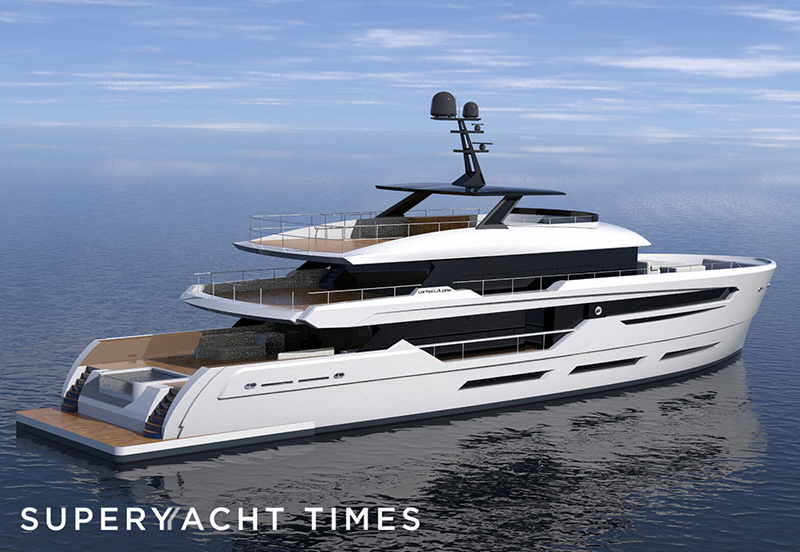Marcelo Penna: Exploring his diverse yacht designs and insights into the Spanish yacht design landscape

15 octubre, 2024
When considering Spain, attention often centres on its well-established cruising destinations, refit facilities, and marina infrastructure, rather than on yacht design. Yet, standing apart from this, Marcelo Penna, founder of the Marcelo Penna Group in Barcelona since 1984, has emerged as a key figure in the Spanish yacht design landscape, with expertise spanning both exterior and interior design. Originally from Argentina, Penna moved to Spain in 1976. His portfolio showcases a diverse range of yachts. These include the 65.2-metre Phinisi sailing yacht Lamima, the 59-metre Metalships & Docks superyacht Maybe, the 28.8-metre Monty North sailing yacht Free At Last, and the 25-metre Moreno Pujal sailing yacht Blalumar. Penna‘s work also extends beyond pleasure craft to include the design of commercial vessels.  Penna is extensively involved in the latest Cantieri di Pisa new-build, a 37.5-metre CdP Custom explorer yacht, where he is responsible for both the exterior and interior design as well as the naval architecture. The discussion explored his entry into the yachting industry, his collaboration with Cantieri di Pisa, the diverse yachts he has designed, and the future plans for his design house.
Penna is extensively involved in the latest Cantieri di Pisa new-build, a 37.5-metre CdP Custom explorer yacht, where he is responsible for both the exterior and interior design as well as the naval architecture. The discussion explored his entry into the yachting industry, his collaboration with Cantieri di Pisa, the diverse yachts he has designed, and the future plans for his design house.
Entrance to the yachting industry
Born in Argentina, Penna has had a passion for racing sailing yachts since his childhood. With a background in civil engineering, he moved to Barcelona, in Spain, where he worked in architecture for a year. “At that time in Barcelona, there was only one school, a sailing school here in Barcelona, and they asked me to be a partner. So I left architecture and started to sail. The sailing school operated from May to October, and during the winter, we would assist shipyards or transport vessels and yachts,” recounted Penna. He described his entry into yacht design as accidental, beginning with a desire to design a boat for himself. «By chance, I found a mould of a hull behind an old sailing school building. I asked around, ‘What is this?’ They told me it belonged to a businessman, so I asked, ‘Do you have his contact details?’ They gave me a phone number. It turned out to be a very nice racing 46 foot sailing boat designed by Germán Frers,” he added. Continuing the story, Penna clarified that he initially tried to buy the hull to build a boat for himself. “At that time, I was collaborating with a shipyard, and I met the owner at the yacht club here in Barcelona,» he recalled. «He saw me drawing a new interior design on an A4 leaflet and asked what I was doing. I told him that I found this hull and was trying to buy it to make myself a nice racing sailing boat.” The owner then asked Penna to design a similar boat for him, and Penna agreed, noting: «We didn’t discuss time or money; that was really the extent of our conversation.» He continued, stating: «three months later, I called him and presented the design for a 47-footer. He liked it and said, alright, I will build it.’ That was how it all began, just as simple as that.” After establishing his eponymous label, Penna transitioned from designing small racing sailing yachts to creating both sailing and motor superyachts. He described this shift as a “natural evolution,” driven by customer demand for larger sailing yachts and motor yachts.
Marcelo Penna Group
To Penna, the Marcelo Penna Group can be characterised as a «one-stop studio,» involved in every aspect of yacht design, from exterior styling and structural work to interior design.» He credits his multifaceted approach to his background as a civil architect. 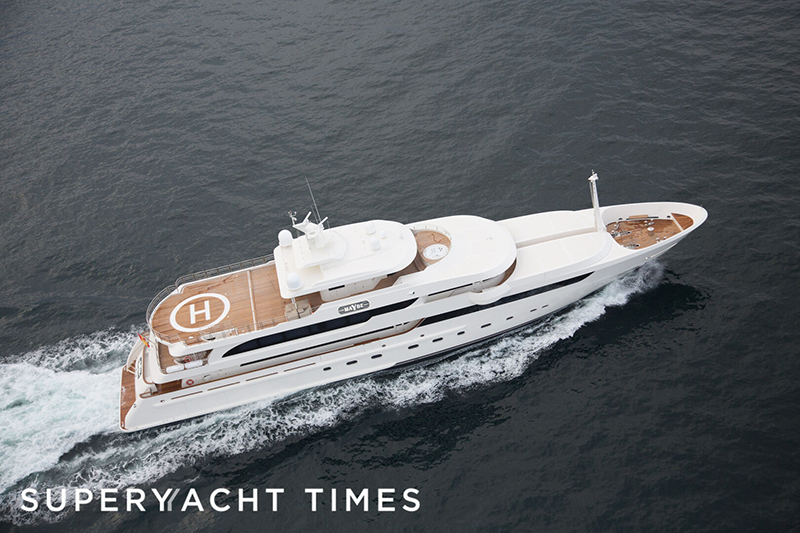 Other services provided by the Marcelo Penna Group in the superyacht sector include refit consultancy and the supply of technical equipment for charter yachts, such as water toys, bed linen, and crockery. «We have worked with several yachts, including the 72-metre Dunya superyacht Axioma,» Penna outlined «We design and create new spaces for customers onboard and have completed numerous refits, from staterooms to other areas. For example, we have added features to helipads and redesigned gyms.» The Marcelo Penna Group‘s services also extend to commercial vessels, encompassing various types, including ferries, passenger vessels, and cargo ships. The company is also active in the car racing sector, collaborating with a supply chain company that builds batteries for the Formula E Extreme series, an international off-road racing competition featuring electric SUVs that race in remote locations around the world, such as the Arctic.
Other services provided by the Marcelo Penna Group in the superyacht sector include refit consultancy and the supply of technical equipment for charter yachts, such as water toys, bed linen, and crockery. «We have worked with several yachts, including the 72-metre Dunya superyacht Axioma,» Penna outlined «We design and create new spaces for customers onboard and have completed numerous refits, from staterooms to other areas. For example, we have added features to helipads and redesigned gyms.» The Marcelo Penna Group‘s services also extend to commercial vessels, encompassing various types, including ferries, passenger vessels, and cargo ships. The company is also active in the car racing sector, collaborating with a supply chain company that builds batteries for the Formula E Extreme series, an international off-road racing competition featuring electric SUVs that race in remote locations around the world, such as the Arctic. 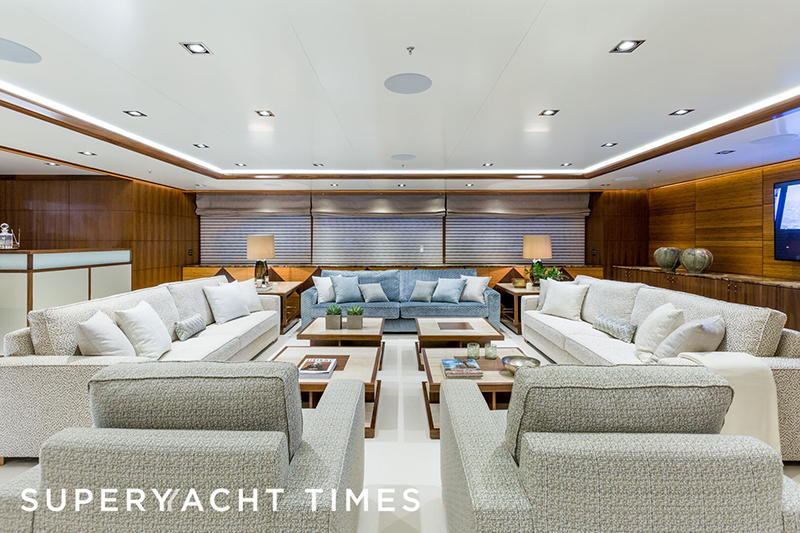 Penna also highlighted that the group is a family firm. Penna‘s wife contributes to the styling, while both his son and daughter are also actively involved in the business. «My son works both at MB92 and with us (…) and my daughter, who recently completed her studies in interior architecture in Paris, has been working with the firm for the past seven years. The whole family is involved in the Marcelo Penna Group,» he emphasised. Today, the firm has a global presence, with additional bases in Monaco and in Houston, Texas.
Penna also highlighted that the group is a family firm. Penna‘s wife contributes to the styling, while both his son and daughter are also actively involved in the business. «My son works both at MB92 and with us (…) and my daughter, who recently completed her studies in interior architecture in Paris, has been working with the firm for the past seven years. The whole family is involved in the Marcelo Penna Group,» he emphasised. Today, the firm has a global presence, with additional bases in Monaco and in Houston, Texas. 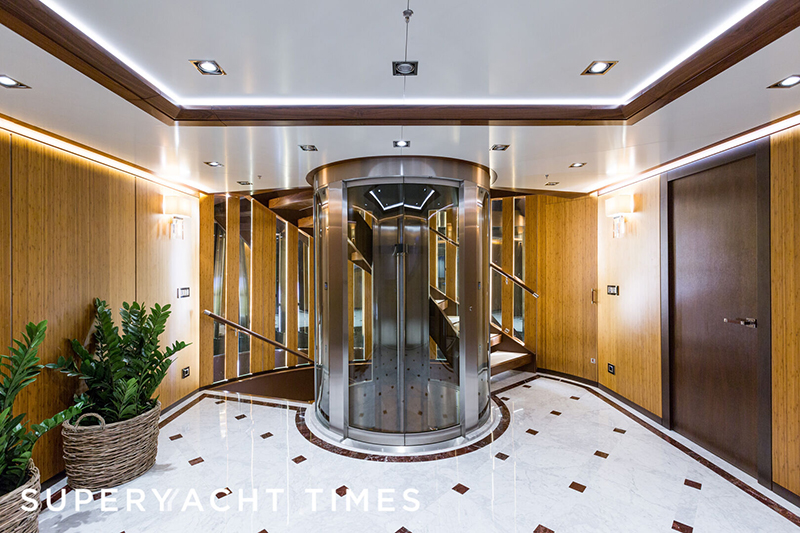
Key projects
The largest yacht he has designed, for which he oversaw both the exterior design as well as naval architecture, is the 65.2-metre Phinisi yacht Lamima, delivered in 2014. Penna explained that he first became involved in the project and began working with Phinisi yachts after being introduced to the client by a captain he knew from an ISA 47 superyacht. «The client proposed that I design and build a Phinisi,» he said. «But they wanted the largest and safest Phinisi ever built. We became the first to classify a Phinisi with RINA; it was the largest of its kind at that time, constructed entirely of wood.»  Penna’s current main yacht project is a custom 37.5-metre explorer yacht by Cantieri di Pisa. He revealed that the project originated through a network of brokers from Nice who introduced him to a client. «The client had very specific requirements and was looking for something unique. We initially began our search in northern Spain, but then it expanded to Italy, leveraging contacts there. Eventually, we reached Cantieri di Pisa, where we closed the deal.”
Penna’s current main yacht project is a custom 37.5-metre explorer yacht by Cantieri di Pisa. He revealed that the project originated through a network of brokers from Nice who introduced him to a client. «The client had very specific requirements and was looking for something unique. We initially began our search in northern Spain, but then it expanded to Italy, leveraging contacts there. Eventually, we reached Cantieri di Pisa, where we closed the deal.” 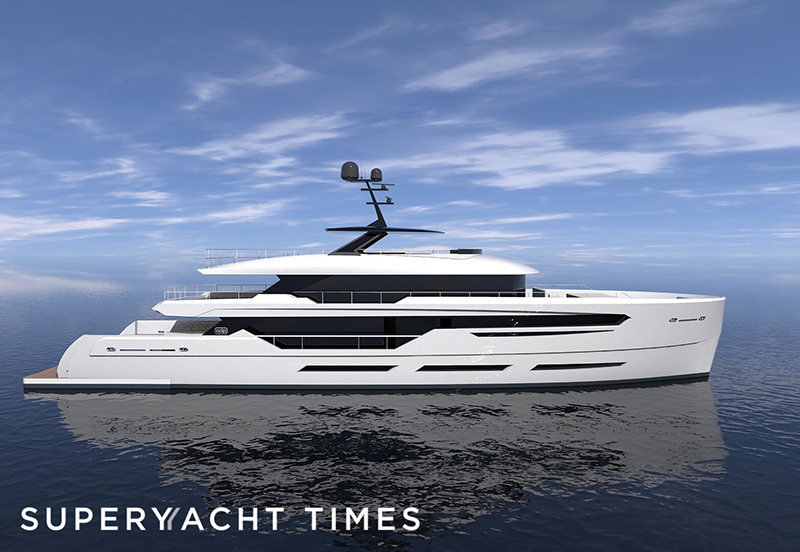
Spanish design landscape
Penna also shared insight into the state of the Spanish yachting industry, particularly in terms of construction and design, and why it has not developed as significantly as in other southern Mediterranean countries like Italy, France, and Turkey, despite being very present in the refit market for large superyachts. Penna noted that while the sector–especially the sailing and motor yacht segments–was growing, a significant cultural challenge existed in Spain. 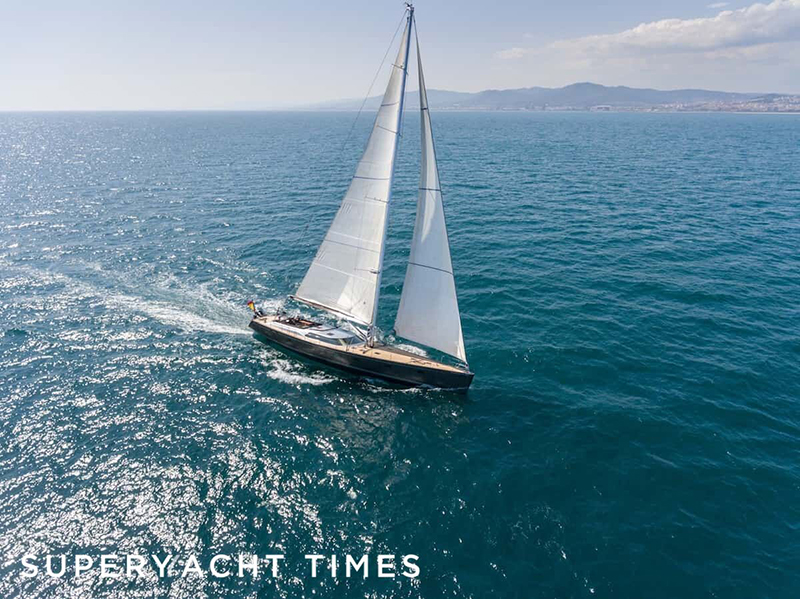 “The problem,” Penna pointed, “is rooted in the history and political developments during the Franco era. Yachting was seen as an exclusive activity for the elite–a very closed group. No ordinary person could afford a yacht in Spain. This exclusivity, combined with a lack of state support for yacht construction, has hindered the industry’s growth–a significant loss, given the substantial number of jobs that yacht construction can create.» However, as Penna explained, «with French influence, the industry began to develop, and a few sailing yacht shipyards emerged, such as Mefasa, which built the 41.33-metre sailing yacht Alejandra. Another notable shipyard, Astondoa, specialises in motor yacht construction.» Penna attributed the lack of Spanish designers in the superyacht sector to a cultural perception that historically viewed yacht design as more of a frivolous occupation rather than a serious profession, unlike commercial vessel design. Despite these challenges, Penna believes the direction of the yacht design landscape in Spain is on the right track, with many dedicated professionals now working to drive the industry forward. «It will, however, take time for these efforts to yield their full impact,» he emphasised.
“The problem,” Penna pointed, “is rooted in the history and political developments during the Franco era. Yachting was seen as an exclusive activity for the elite–a very closed group. No ordinary person could afford a yacht in Spain. This exclusivity, combined with a lack of state support for yacht construction, has hindered the industry’s growth–a significant loss, given the substantial number of jobs that yacht construction can create.» However, as Penna explained, «with French influence, the industry began to develop, and a few sailing yacht shipyards emerged, such as Mefasa, which built the 41.33-metre sailing yacht Alejandra. Another notable shipyard, Astondoa, specialises in motor yacht construction.» Penna attributed the lack of Spanish designers in the superyacht sector to a cultural perception that historically viewed yacht design as more of a frivolous occupation rather than a serious profession, unlike commercial vessel design. Despite these challenges, Penna believes the direction of the yacht design landscape in Spain is on the right track, with many dedicated professionals now working to drive the industry forward. «It will, however, take time for these efforts to yield their full impact,» he emphasised. 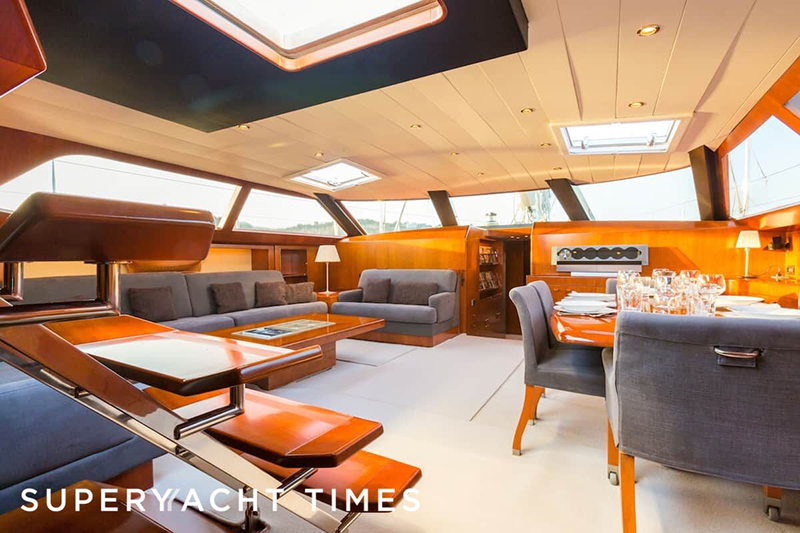
Expansion and sustainability
Regarding future plans, Penna revealed that his company will be expanding its presence to Mexico and Istanbul. One of the latest ventures is The Wattio, a new initiative aimed at leveraging the company’s extensive knowledge in both naval architecture and electric vehicle (EV) technology. «The idea behind The Wattio,» Penna shared, «is to provide an integrated solution to shipyards or customers combining all our expertise, from naval architecture and engineering, to electrical systems and propulsion.» Penna underlined that the company is also focusing on implementing more sustainable solutions. «We are working with hybrid systems and exploring new fuels, such as ammonia, methanol, and hydrogen. In recent months, we have been testing hydrogen fuel cells here in Barcelona, including a hydrogen-powered truck currently operating in the city. Our aim is to apply these technologies not only to vehicles but also to boats.»Cantieri di Pisa (Company). 